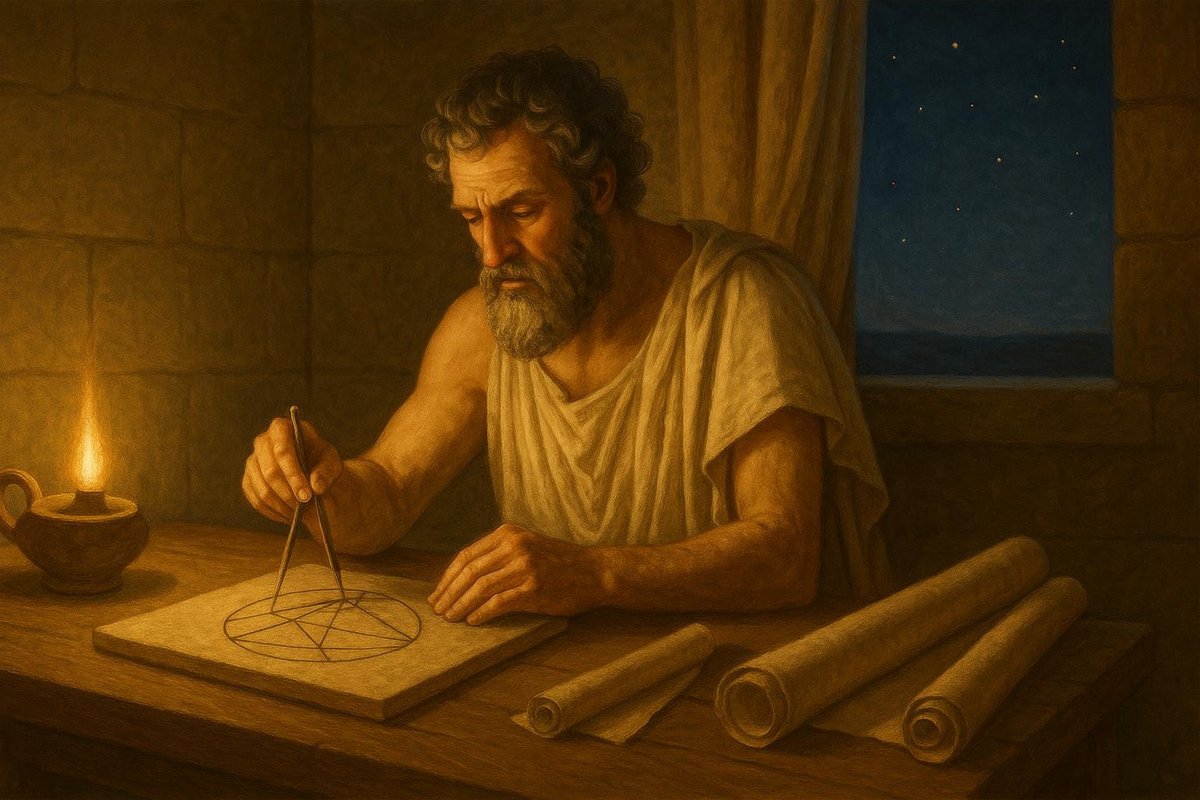
Have you ever sunk your teeth into a perfectly round pie and wondered how its circumference relates to its diameter? This simple curiosity has sparked centuries of mathematical exploration, giving birth to the enigmatic constant we know as Pi.
The Problem Context: Circles and Their Perplexing Nature
From ancient times, humanity has been captivated by the perfect symmetry of circles. These shapes appear in the celestial bodies, the ripple of a stone in water, and even the human eye. But what truly piqued the curiosity of ancient mathematicians was the relationship between a circle’s circumference and its diameter. How could a simple loop hold such an intricate secret?
- Circles were more than just shapes; they were symbols of perfection and infinity.
- Mathematicians from Babylon to China sought to decode the circle’s mysteries.
- Early attempts at understanding involved measuring round objects with strings and sticks.
- This pursuit wasn’t just academic; it had real-world implications in construction and astronomy.
Interestingly, the ancient Egyptians and Babylonians had their methods, approximations that hinted at the elusive constant. Yet, it was the Greeks who intensified this quest, setting the stage for a mathematical breakthrough.
The Theoretical Breakthrough: Archimedes and the Ingenious Method
The Greek mathematician Archimedes, born in 287 BC, was fascinated by geometry’s intricate puzzles. He didn’t simply ask how to measure a circle; he wondered how to do it precisely. Archimedes devised a method using inscribed and circumscribed polygons, an elegant dance of logic.
- Archimedes’ approach involved approximating the circle with polygons.
- By increasing the number of sides, he honed in on the circle’s true measure.
- This method of exhaustion was both innovative and surprisingly modern.
- His calculations revealed Pi as a constant, around 3.14185, a revelation for its time.
No wonder Archimedes is remembered as one of history’s greatest mathematicians; his work laid the foundation for calculus and inspired future generations.
Supporting Evidence: Through the Ages and Across Cultures
As time went on, mathematicians across cultures continued to refine the understanding of Pi. From the works of Chinese mathematician Zu Chongzhi to Indian genius Aryabhata, the pursuit of precision grew stronger, like a tapestry woven through time.
- Zu Chongzhi, in the 5th century, calculated Pi to seven decimal places.
- Aryabhata, around 499 AD, contributed significantly with his calculations.
- The mathematical journey of Pi traversed continents and centuries, each culture adding its own thread.
- Each breakthrough inspired new techniques, from infinite series to calculus.
These contributions are testaments to the universal language of mathematics, showcasing how a simple curiosity can transcend borders and eras.
Modern Relevance: The Endless Quest in a Digital Age
Fast forward to today, and the fascination with Pi continues unabated. In a digital age where computers compute trillions of its digits, Pi remains an emblem of mathematical beauty and mystery.
- Modern technology allows us to calculate Pi with unprecedented precision.
- It plays a role in various fields, from cryptography to cosmology.
- Pi symbolizes the never-ending quest for knowledge and understanding.
- It serves as a reminder of our intellectual lineage and shared curiosity.
Of course, Pi is more than a number; it’s a bridge linking the ancient world to the modern, a constant in a universe of change.
As we reflect on this journey, it’s clear that the quest for understanding Pi embodies humanity’s insatiable curiosity. Just like the circles it describes, our pursuit of knowledge is unending, looping through history with each new discovery.
Fuel Someone Else’s Curiosity
If this exploration of Pi has sparked a new appreciation or question within you, why not share it? Encourage someone else to ponder the mysteries of mathematics. After all, every great discovery begins with a curious mind.

Leave a Reply